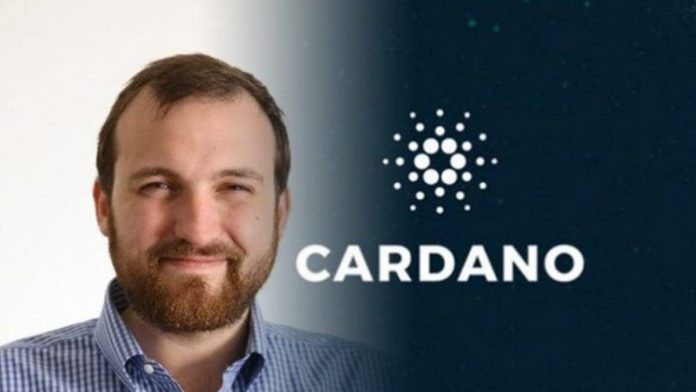Cardano and Ethereum are both blockchain platforms that are designed to support the development and deployment of decentralized applications (DApps). However, there are a number of key differences between the two platforms that are worth noting.
Design and architecture
Cardano and Ethereum have different design philosophies and architectures. Cardano is a proof-of-stake (PoS) platform, which means that it uses a different consensus mechanism than Ethereum. Cardano also has a modular design that allows for more flexibility and scalability, and has a more formal and rigorous development process. Ethereum, on the other hand, was originally a proof-of-work (PoW) platform, and has a more flexible and open design that allows for a wider range of use cases.
Programming languages
Cardano and Ethereum support different programming languages. Cardano supports the Haskell programming language, which is a functional programming language that is known for its security and reliability. Ethereum supports Solidity, which is a high-level language that is specifically designed for writing smart contracts.
Scalability
Cardano and Ethereum have different approaches to scalability. Cardano is designed to be more scalable than Ethereum, and is intended to support a higher number of transactions per second (TPS). Ethereum is working on improving its scalability through the implementation of technologies such as sharding and plasma, but it is currently limited to a lower TPS compared to Cardano.
Use cases
Cardano and Ethereum are used for a wide range of applications, but they have different focus areas. Cardano is primarily focused on financial applications and has a strong emphasis on security and compliance, while Ethereum is more broadly focused on a wide range of use cases and has a more open and flexible design.
Overall, Cardano and Ethereum are both powerful and widely used blockchain platforms, but they have different design philosophies, architectures, and focus areas. It is important to consider these differences when deciding which platform is best suited for your needs.




